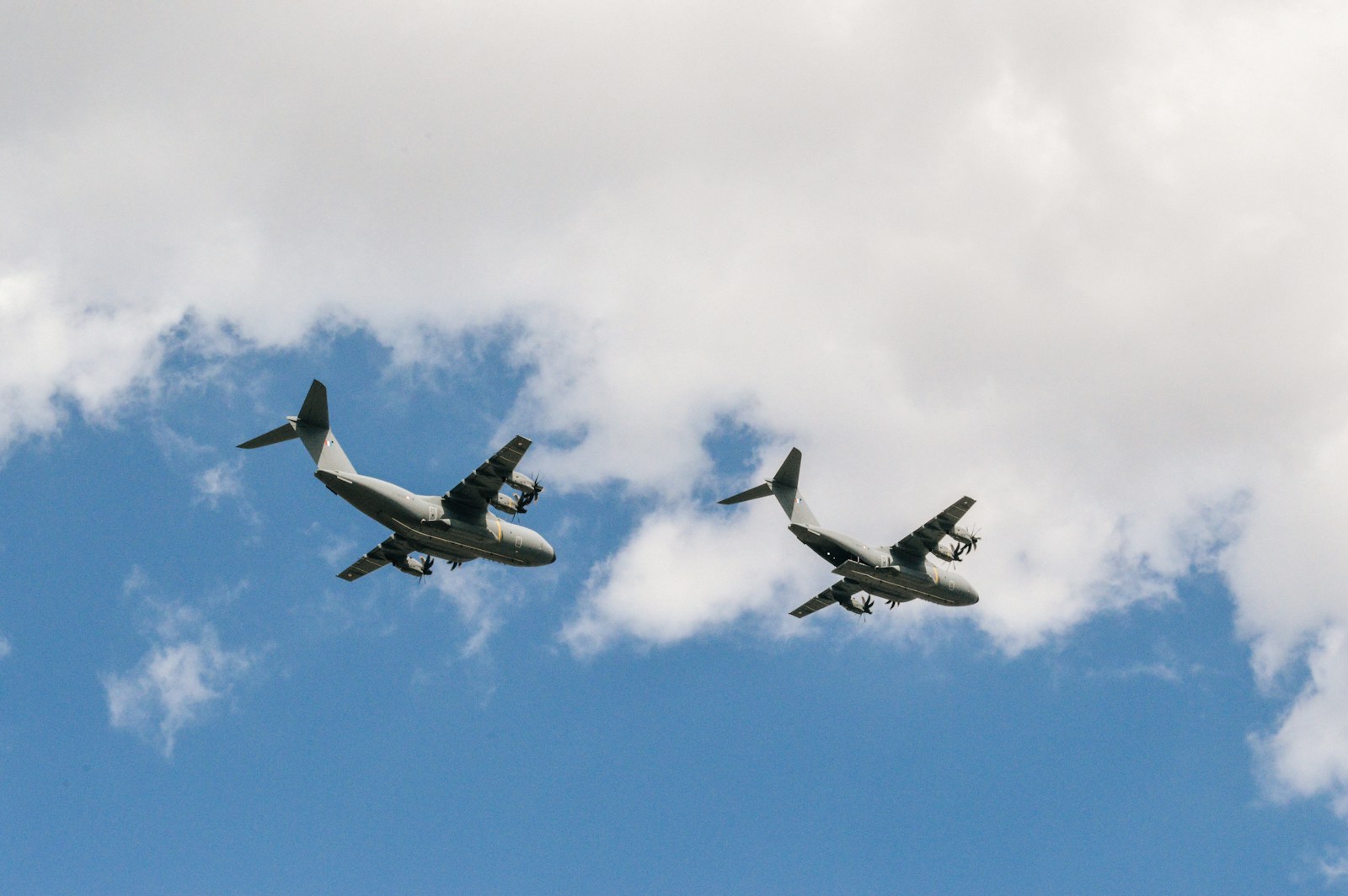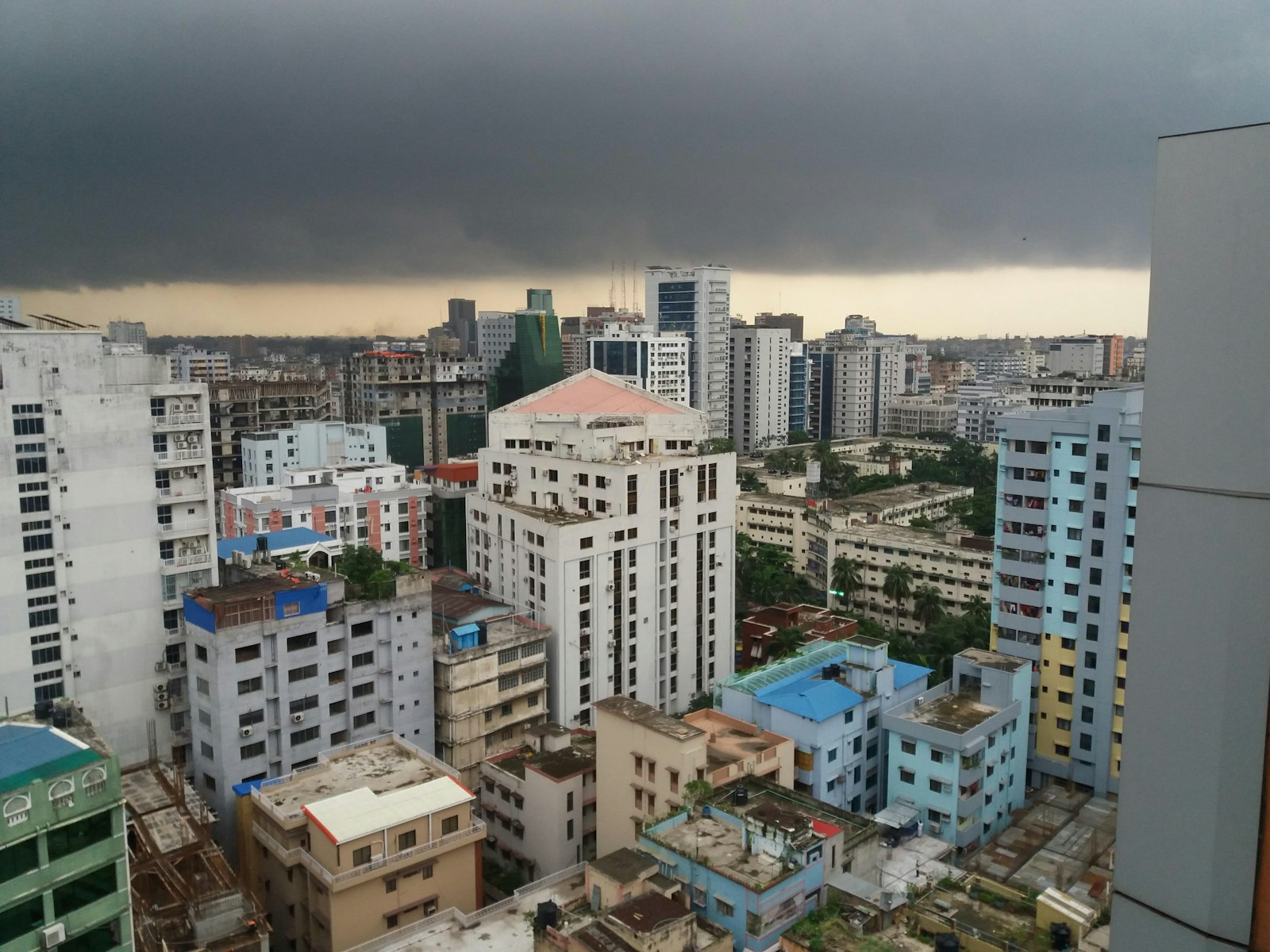Study In Bangladesh
Bangladesh is emerging as a top destination for Indian students pursuing MBBS. With affordable tuition fees, MCI-approved universities, and a curriculum similar to India, it offers a quality education experience. English-medium programs, modern facilities, and cultural familiarity make Bangladesh an excellent choice for aspiring doctors looking to study abroad.

Location
Bangladesh is a country in South Asia. It is the eighth-most populous country in the world In terms of landmass, Bangladesh ranks 92nd, spanning 148,460 square kilometers.

Connectivity
Well connected with daily flights, Bangladesh offers direct flights from Delhi to Dhaka for approximately ₹16,000 and from Chennai to Dhaka for around ₹18,000.

Local Transport
Bangladesh offers a moderate and economical transportation system with options like buses, waterways, railways, airways, and taxis, making travel convenient across the country.

Development
Bangladesh has a rapidly growing middle-income economy, ranked 39th by nominal GDP and 30th by purchasing power parity, and is part of the Next Eleven emerging markets.
Academics
Eligibility Criteria
Students should be eligible as per the norms of the Directorate General of Medical Education which issues equivalency certificate based on criteria of the student’s educational qualifications. Based on the equivalency certificate, the medical colleges in Bangladesh admit foreign students. However, some medical colleges demand a minimum of 80% marks in Physics, Chemistry and Biology.
Duration
5 years. After passing the FMGE exams have to undergo 1-year compulsory internship in India. Internships can also be done in Bangladesh but nowadays in many states of India it is not recognised and the internship has to be repeated again for a year.
Premedical course (NMT)
There are no pre-medical courses required.
NEET UG
As of now, it is mandatory as per the norm of the Indian government to study medicine.
Language requirement
Average English knowledge is required (No need for IELTS/TOEFL)
Entrance exam/interview
1. No Entrance exam/interview is required for the private medical colleges in Bangladesh.
2. However, to get admitted to government medical colleges with scholarships, Students are required to clear an entrance exam.
3. There is a quota for students from SAARC countries under the scholarship scheme.
4. Indians are offered a quota of 22 M.B.B.S seats and 2 Dental seats under this scholarship scheme.
5. Scholarships are awarded on the basis of merit and financial needs to
6. support the student through the entire course of their study.
The pattern of practical exam
Viva-based with skills/procedures. Clinical wards and card exams are very important from their 3rd year, as all of it will be considered for the eligibility of their professional exams. All Clinical cards has to be completed to be eligible to give 4th Prof exam.
Efficiency of the evaluation system
The locals and the foreign students have to undergo the same tests and exams. The prof exams are conducted by the university to which these colleges are attached to, eliminating the chances of malpractice which happens in many of the other countries. This continuous evaluation system keeps the students engaged in their studies, making them less prone to diversions and distractions. However, they get enough time to relax and engage in various extracurricular activities and sports.
Attendance & discipline
Strict in all medical colleges in Bangladesh. Research labs & exposure Moderate facilities are available. The necessity of local language at the clinics Necessary, for treating the patients and to interact with the locals for their day to day needs. Bangla is not a difficult language to learn, it is the same as Bengali which can be easily mastered and not tough like the Chinese or Russian language. You don’t have to pass any test or exams on the language.
Clinical exposure
Compared to other countries, Bangladesh is a densely populated country having a huge patient flow in hospitals, so students during their hospital visits have vibrant experiences and good patient exposure even in Private medical colleges.
Medium of teaching
The medium of instruction in the Medical colleges of Bangladesh is English with a mix of Bengali as it is done in Medical colleges of India with a mix of the local language.
Updated curriculum
Yes, the colleges in Bangladesh follow an Updated curriculum.
Availability of Updated textbooks
The syllabus books are mostly not updated, all universities recommend updated textbooks.
The necessity to read textbooks
Highly encouraged
Strength of a class
Medical colleges in Bangladesh have a good student-to-teacher ratio of around 10 -15 students in a batch for a teacher.
Proficiency of faculties
Very Good, just like the faculty in Indian Medical Colleges.
Lectures
Traditional. It is conducted in the way it is conducted in Indian medical colleges.
The efficiency of Classes & practicals
Efficient & interactive (viva based). They also have tutorials (Classes) where the daily topics are discussed and the weaker students are also helped to cope up with their study.
The pattern of theory exam
Not many countries have these kinds of testing and follow-ups during the medical education program as it is in Bangladesh and sometimes these are not even followed strictly in India. The system of testing is divided into Item, Cards, Term, and Prof exams.
Item: Items are more or less like small topics which are taught every day at college. The items taught on that day are tested by viva the next day.
Cards: Card exams consist of 20 to 50 items & are scheduled as per the completion of Items.
Term: 2 cards make 1 term. It takes 6 months to complete 1 term.
Prof: 2 to 3 terms make a prof exam. There is a total of 4 Prof Exams. If Unable to give Prof Exams on the first attempt, it can be attempted again after 6 months.
Hands-on exposure
In most of the countries where students are only allowed as an observer and not allowed to perform procedures on the patients whereas in Bangladesh the students get good clinical exposure and are allowed to conduct procedures on the patients, thereby providing the best hands-on experience to the students.
FMGE pass %
Above 30%
Financials
Expenditure /month
Around 5,000 INR including food. The least expensive amongst all the foreign countries where Indian students’ go for their medical education.
Affordability
Medical education in Bangladesh is neither cheap nor very costly.
The total cost of studying medicine in Bangladesh will cost you the same as it costs to study medicine in Russia or China
Capitation fees/Donation
No separate capitation fees or donations. Everything is included in the fees.
Tuition fee/year
Starting from 32,000 USD which is 24 Lakhs INR approx. for the entire course.
Hostel fee/year
In most of the colleges the hostel fee is included in the yearly fees, if not they may charge a nominal amount which ranges from 4000 INR to 7500 INR per month depending on the type of hostel and it does not include food.
Part-time work
Not possible and is illegal to work in Bangladesh with a student visa. Anyways if you want score well in your academics this is not recommended.
Lifestyle
Food
Bangladeshi food is also rice-based in south India. Their food habits resemble that of India which makes it one of the ideal destinations for students who do not have to adapt to foreign cuisines. Economical and hygienic food is available inside the university campus and hostel canteens. Indian restaurants are also available in main cities which are inexpensive. Self-cooking is not required and students do not have to spend their valuable time cooking food. Tasty and good food is available inside the college campus and in the hostel canteens.
Expenditure /month
In Bangladesh, the average monthly cost of living is approximately ₹20,000 to ₹25,000. This covers accommodation, food, transportation, and other basic needs. Expenses may vary based on lifestyle and city.
Study MBBS in Bangladesh – Your Pathway to success.
Pursue your MBBS in Bangladesh with MCI-approved universities and affordable fees. Contact us now for expert guidance and secure your spot!
